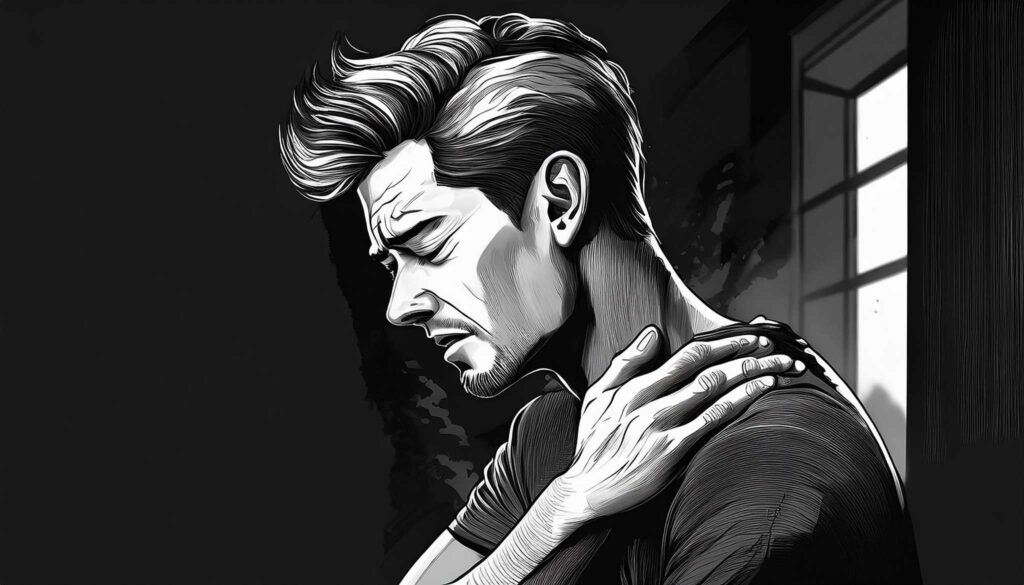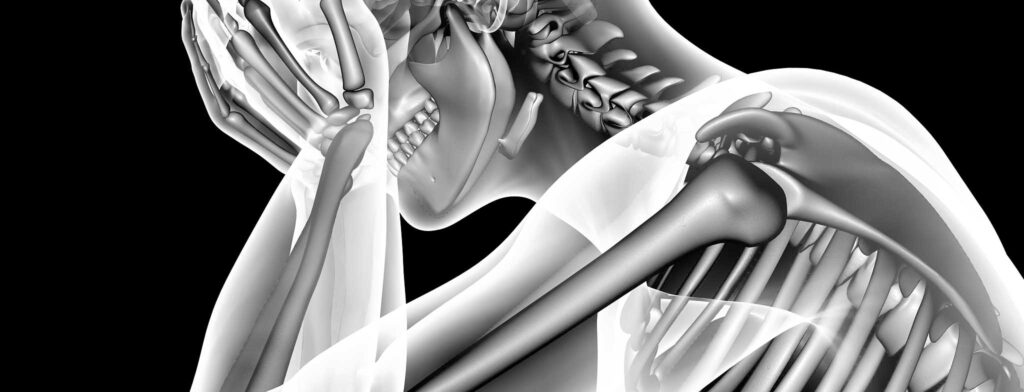It’s a growing group of spinal cord injured wheelchair users who have serious problems with their shoulders.

What usually happens in shoulders that ache and function poorly? Kick talked to Martina Bendt about what causes it.
– It can be several different things, ranging from inflammations and impingements to tendons completely tearing off, says Martina Bendt, a physiotherapist at Rehab Station in Stockholm.
– In cases of ruptures, the most vulnerable muscles appear to be the supraspinatus and subscapularis, which are two of the four muscles in the so-called rotator cuff that stabilize the actual joint socket in the shoulder.
What causes shoulder problems?
– Generally speaking, the problems arise from wheelchair users overusing their shoulders in ways they aren’t designed for.
There are, of course, additional explanations: The group of older spinal cord injured individuals is growing, and tendons, muscle tissue, and skeletal parts in the shoulders become more fragile with age.

Is there anything that can be done to avoid these injuries?
-There’s a lot that can be done. Wheelchair users often become much stronger in the muscles in the front, so the chest muscles become shorter/tighter and pull the shoulders and shoulder blades forward. Therefore, it’s important to train the muscles around the shoulder blades and stretch the chest muscles, and to make it a habit to always strive for good posture when sitting.
– Increasing the strength of the muscles in the rotator cuff and in the entire muscle package around the shoulders and shoulder blades makes it easier to keep the shoulders in a favorable position during movements, wheelchair self-propulsion and in resting positions.
– It’s also very important to understand that external changes also alter the conditions for the shoulders. For example, if you change the weight distribution in the chair so that there’s less weight on the front caster wheels, you might not dare to lean back in the backrest for fear of tipping. Some compensate by pushing their shoulders forward and end up in a poor sitting position. And if you gain weight, the load on the shoulders increases with each transfer and when rolling the wheelchair.

What can one do if the shoulders still don’t function optimally?
-At our clinic, shoulders are prioritized, and one should seek help quickly if there are problems. A physiotherapist conducts a thorough examination and propose a treatment plan. Possibly, one may need to have the shoulders x-rayed with MRI or plain radiography to determine how the injury should be treated.
-If surgery is performed to attempt to stitch ruptures, it should be done as soon as possible, otherwise scar tissue may form, complicating the healing process. After a rupture surgery, there is quite a long recovery period with strict mobility restrictions. Surgery sometimes yields very good results, but sometimes not as good.
-At Spinaliskliniken at Rehab Station Stockholm, we train shoulders for both operated and non-operated individuals. It’s about training the general shoulder strength as I mentioned earlier. For operated muscles, the load is progressively increased.
-One consequence of the shoulder not being used during the restricted period after the operation is that mobility is often greatly reduced, and it takes a long time to regain full mobility. Some become just as strong and mobile as before the injury. Others have to find new techniques for their activities of daily living (ADL), and some may need assistance from a caregiver or home care service for a period.


